What are the researchers measuring?
Earth's rivers are like plumbing or circulatory systems, and sampling the water is like blood tests. Analyzing the water's chemistry tells about the land the river flows over, the health of the watershed, and changes caused climate change or human activities.
Click on the labels below to learn more.
Periodic Table of the Elements
Colors show elements currently being studied.
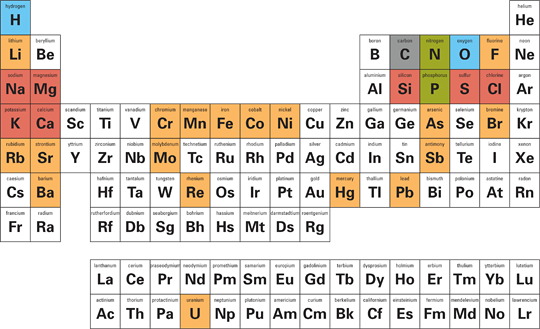

Major ions
Major ions from rocks dissolve into river water, telling the story of the lands the rivers flow over. They give each river's water its main chemical characteristics.
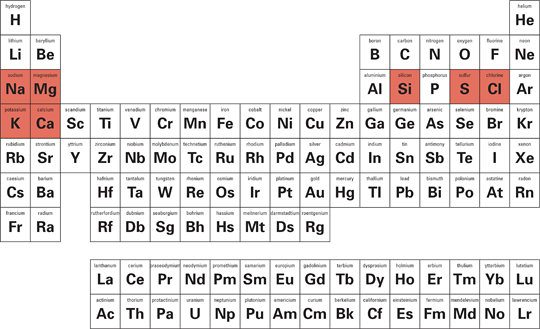
 Major ions
Major ions
Nutrients
Nutrients composed of nitrogen and phosphorus compounds enter rivers from decayed plants, animal waste, sewage, and agricultural fertilizers. They reveal vegetation and pollution in the watersheds.
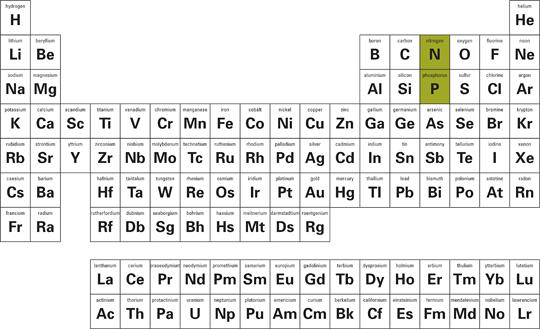
 Nutrients
Nutrients
Trace elements
Trace elements, such as heavy metals, disclose information about the rivers’ place of origin, the vegetation and soils it flows through, and the pollutants it picks up.
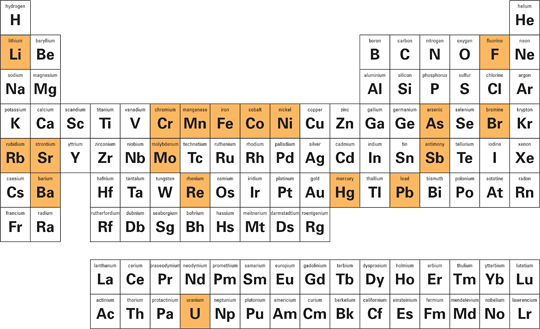
 Trace elements
Trace elements
Water isotopes
Water isotopes, containing naturally occurring “heavy” forms of hydrogen and oxygen, reveal where rain came from. Heavier isotopes rain out nearer the sea; lighter isotopes stay in clouds longer, traveling farther inland.
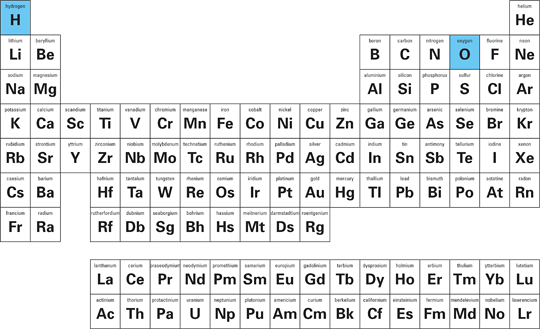
 Water isotopes
Water isotopes
Carbon
Carbon cycles through the Earth as a central component in rocks, living things, fossil fuels, and the greenhouse gas carbon dioxide. The carbon cycle links Earth’s atmosphere, history, life, and climate.

 Carbon
Carbon
DNA
DNA can identify microbes inhabiting rivers and how their populations change with seasons or over time.

 DNA
DNA